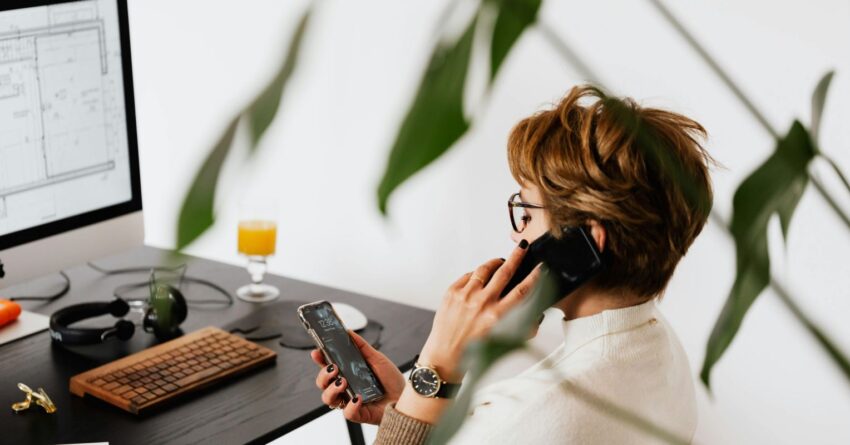
Source: Karolina Grabowska/ Pexels
Clients, friends, and colleagues face similar challenges, a pervasive sense of feeling overwhelmed and anxious, a sentiment I attribute to our collective struggle with our screen usage obsession. Our lives have been drastically altered by the constant presence of digital technology, which has fundamentally shifted how we interact with each other and our environment. Despite our constant tethering to technology, paradoxically, we find ourselves increasingly disconnected from both ourselves and those around us. While some may argue that their overwhelm is mainly a result of real-life matters, I would argue that we have less capacity for real-life issues as a result of our energy being scattered across so many fronts. Our minds resemble computers, with numerous tabs open simultaneously. While multitasking was once renowned as a skill, it now subtly reshapes the very framework of our brains. The true art lies in single-tasking—in mastering the ability to remain fully present.
From dawn to dusk, we are bombarded with an endless stream of digital stimuli. Our smartphones serve as gateways to a virtual realm where emails, messages, social media notifications, and news updates compete for our attention. As we strive to keep pace with this relentless flow of information and tasks, it is all too easy to feel overwhelmed.
It is apparent that this hyper-connected lifestyle may not be sustainable. The rise in diagnoses of anxiety and overdiagnoses of ADHD, coupled with concerning trends such as a decline in empathy among college students and a rise in narcissistic behavior, highlight the negative consequences of our screen-centric lives.
Jonathan Haidt’s research shows that the arrival of social media accessibility on smartphones precipitated a 90 percent rise in suicides among boys, alongside a notable increase in feelings of loneliness and challenges with self-esteem. He found a 150 percent surge in anxiety and depressive disorders among youth, and a 188 percent increase in emergency room visits for self-harm among girls.
I recall a friend labeling me as strict for prohibiting my young children from using devices. While her argument for teaching balance is valid, I believe that absence during these formative years can foster healthier habits. As adults struggling to regulate our own screen time, it’s unrealistic to expect children to do any better. In my experience, the key lies in modeling behavior.
Reflecting on the past, it’s evident that our modes of interaction have undergone a dramatic change. Gone are the days of genuine face-to-face meetings and the anticipation of waiting for a friend’s arrival without the convenience of instant communication. Even simple pleasures like dining out have transformed into digital distractions, with us glued to screens instead of engaging in real-life interactions. We no longer endure commercials or immerse ourselves in meaningful one-on-one interactions or activities. During spa days and trips, I’ve observed friends so engrossed in capturing every moment digitally that they forget to truly experience and savor the present. Instead, we constantly multitask, overstimulating our brains and perpetuating a cycle of relentless activity and the pursuit of more. The key difference is our unfamiliarity with the art of boredom and learning how to slow down.
Here are a few challenges for you to consider:
- Single Task: Single-tasking involves focusing on one task at a time, as opposed to multitasking. This can enhance productivity and quality of work.
- Mindfulness Practices: Engage in mindfulness meditation or exercises to train your mind to focus on the present moment, allowing you to give your full attention to the task at hand without being pulled in multiple directions by digital distractions.
- Time Block: Allocate specific blocks of time for different tasks throughout your day. Commit to focusing solely on one task during each block without allowing interruptions from digital devices.
- Digital Detox: Schedule regular periods of time where you intentionally disconnect from digital devices and platforms. Use this time to engage in offline activities that promote deep focus and relaxation.
- Set Clear Goals and Priorities: Clarify your goals and priorities for each day or week to better focus your attention on the most important tasks and avoid getting distracted by less meaningful activities. Break down larger tasks into smaller, manageable steps to make them easier to tackle one at a time.
